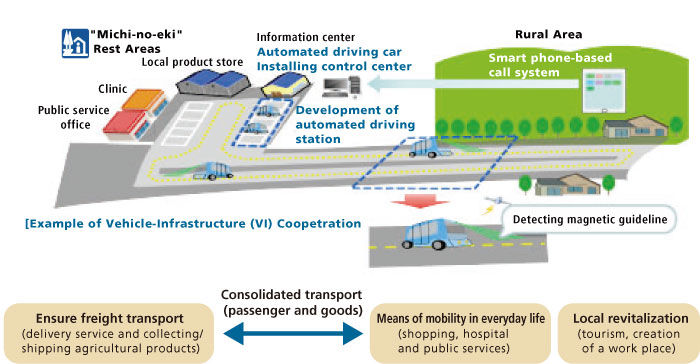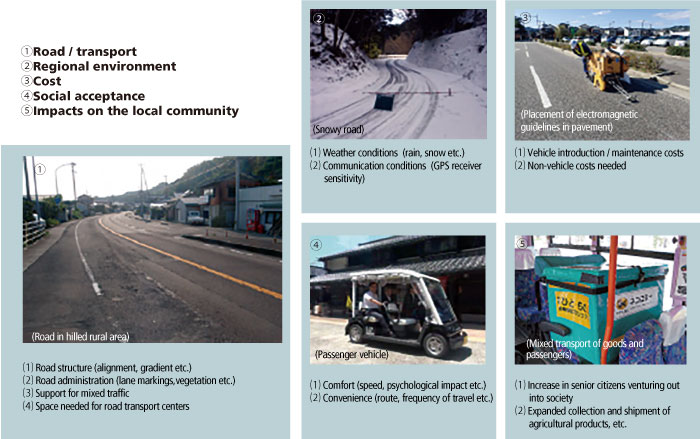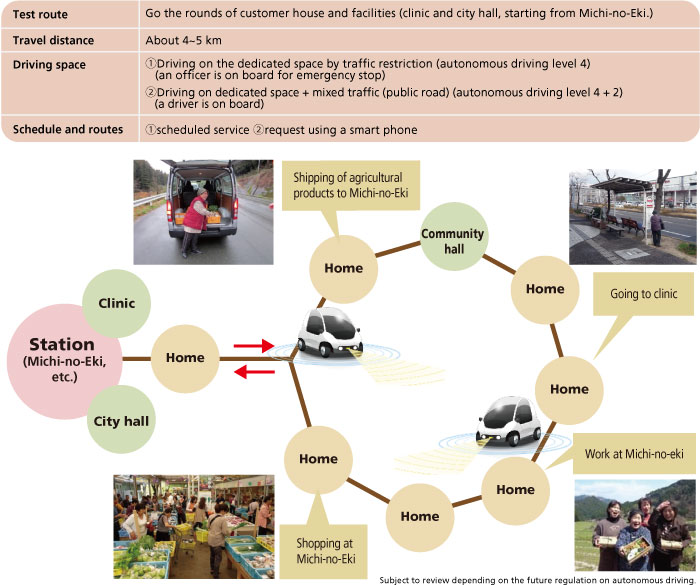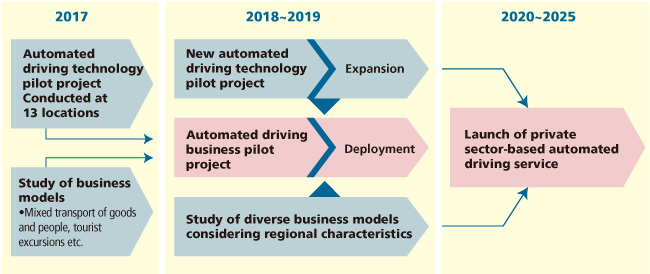"Michi-no-Eki" Rest Areas
1. What is "Michi-no-Eki"?
As a longer driving and female/elderly drivers become common, there is an increasing demand for resting areas along
general roads where they can drop in and rest at ease so that they go back to safe driving which ultimately support
smooth traffic flow.
With diverse values, people desire for unique and interesting places. These resting areas would provide various and
unique services based on the local culture, history, tourist destinations and local specialities.
Resting areas are expected to attract a lot of tourists, which means it will help surrounding areas to become more
vibrant and facilitate a synergistic relationship with other local areas through the road.
Aiming for these effects, the Rest Areas network called "Michi-no-Eki" were introduced. Michi-no-Eki plays 3 different
roles; "a place for resting" for road users, "a place to provide information" for both road users and locals, and "a place
to facilitate local communications".
Where are they located?
Services
Facilities
Eligible local proponents
Disaster-prevention features in the event of natural disaster
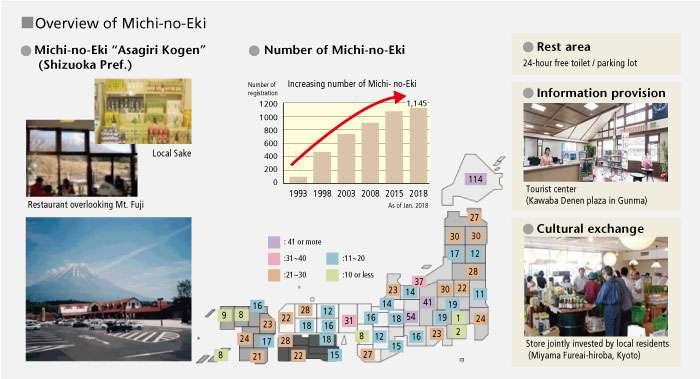
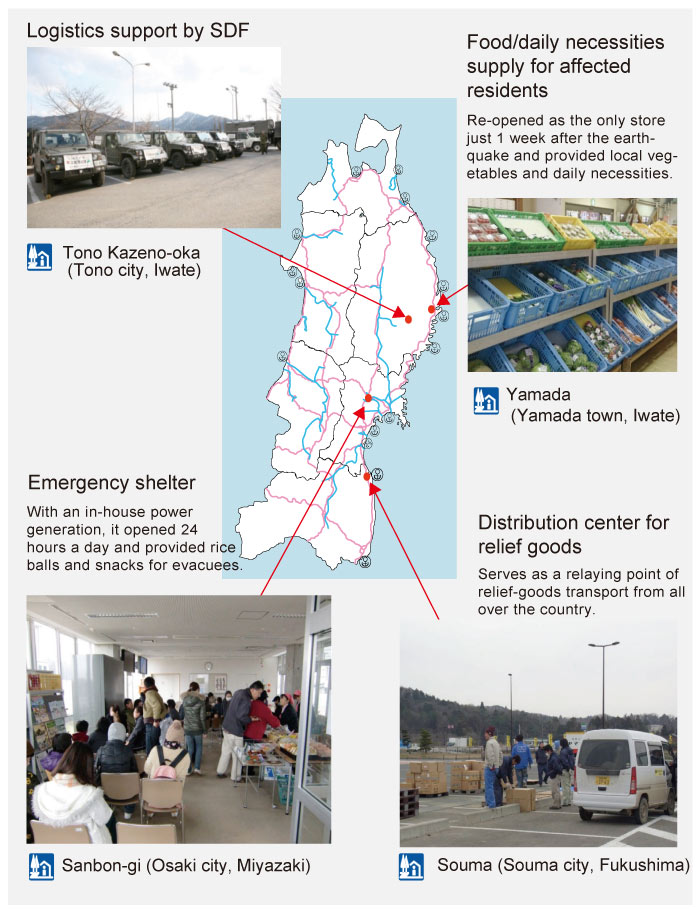
2. Automated driving service using Michi-no-Eki
In 2017, the MLIT started a pilot program to demonstrate a VI-based autonomous driving service around Michi-no-Eki which is expected to assure smooth transportation of people and goods in hilly and mountainous areas where many elderly people reside.
